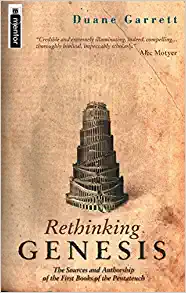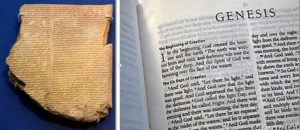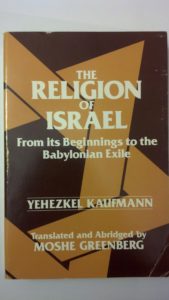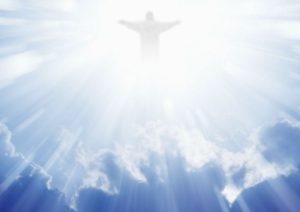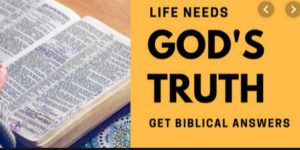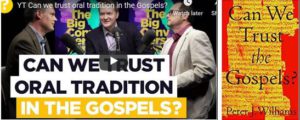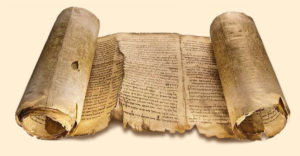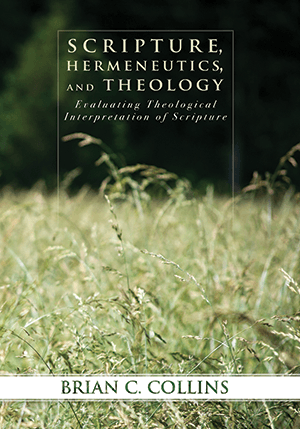The Literary Structure and Unity of the Book of Genesis
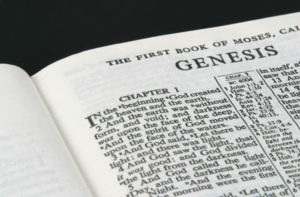
The problem with scholars who apply the historical-critical method (premised on methodological atheism rather than on believing, critical realism) on Genesis is that they refuse to acknowledge what is in plain sight, that is, the unity of Genesis. One of the clues to the unity of Genesis is found in the way in which the phrase “These are the generations of” (’elleh tôledôt) is used ten times at crucial transitions of the narratives in Genesis.
Nahum Sarna explains,
The ’elleh toledot formula is one of the distinguishing characteristics of the Book of Genesis. In each of its other ten occurrences, it introduces what follows, invariably in close connection with the name of a person already mentioned in the narrative. Its use indicates that a new and significant development is at hand. Deriving from the verb y-l-d, “to give birth,” the noun form would mean “begettings” or “generations,” and in most instances it precedes genealogies that are sometimes interspersed with narrative material. In 25:19 and 37:2, where no family tree follows but only stories of subsequent events, the formula is used figuratively for “a record of events.” This is the meaning it bears in the present passage. In this sense, the entire verse may be understood as a unity referring to what follows. Further support for this interpretation lies in its parallel structure, not to mention its poetic chiasm, “heaven and earth,” “earth and heaven.” [Nahum Sarna, Genesis (Jewish Publication Society, 1989), pp. 16-17] Continue reading “Between Babylon and Egypt: Mythology or Historical Traditions in the Book of Genesis. Part 3”
